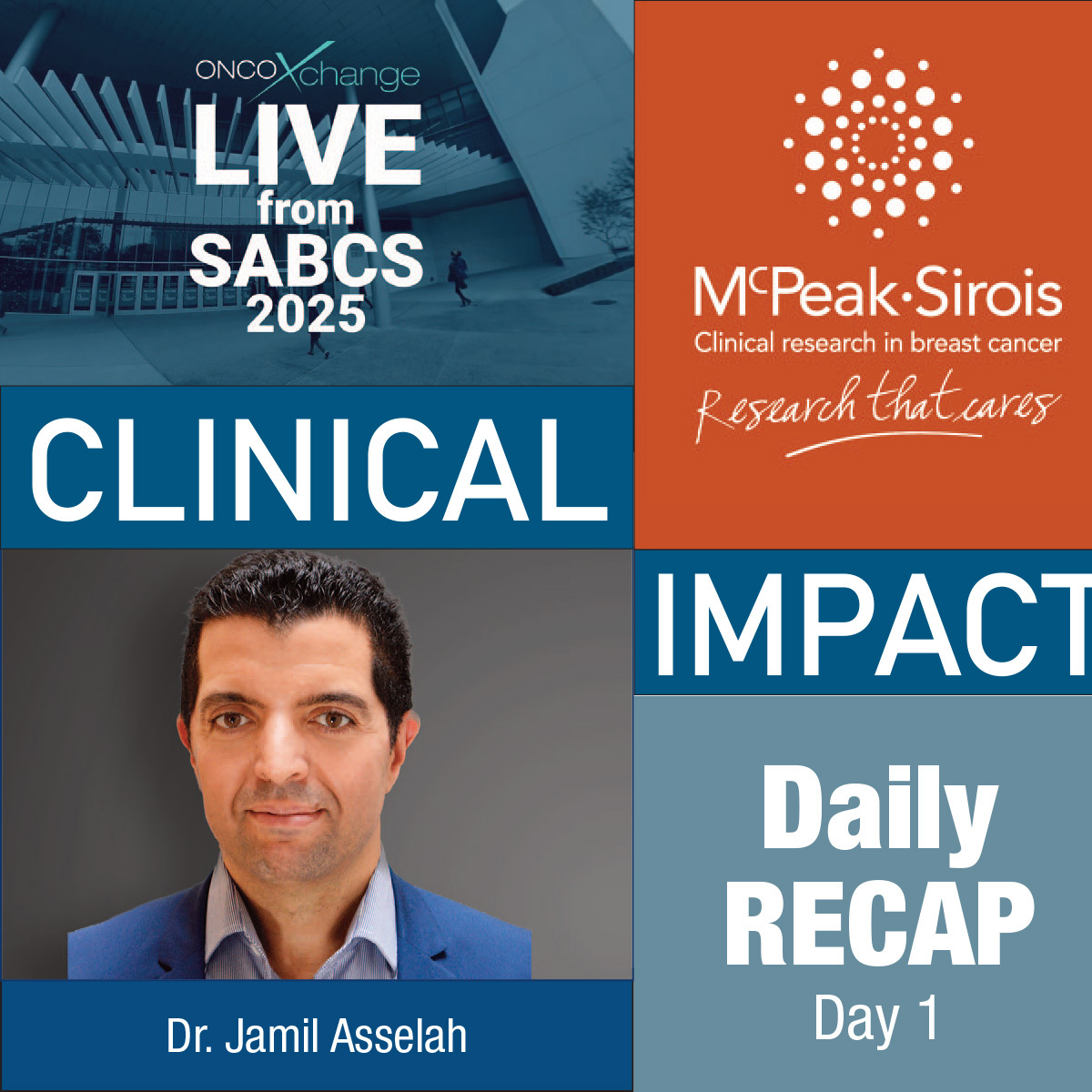
CTS5 calculator useful to guide decision to extend endocrine therapy in ER-positive breast cancer
June 2019
By Wayne Kuznar for oncoXchange
The Clinical Treatment Score at 5 years (CTS5) is prognostic for late disease recurrence within a large real-world cohort of unselected patients with estrogen receptor (ER)-positive early breast cancer who are treated with 5 years of endocrine therapy.
The CTS5 prognostic tool was developed to estimate disease recurrence in postmenopausal women. In testing the validity of CTS5 in a retrospective cohort of unselected patients, it was found to be prognostic of recurrence in premenopausal women as well, although it was less accurate in this cohort, said Juliet Richman, MBBS, at the 2019 ASCO annual meeting. Further, the tool had prognostic value regardless of chemotherapy treatment.
It was tested in a cohort of 2,428 women who were selected only on the basis of being diagnosed with early ER-positive breast cancer at the Royal Marsden Hospital from 2000-2007 and who were alive and free of distant recurrence at 5 years.
There were 1,662 postmenopausal women and 766 premenopausal women in the cohort. About 20% of the total cohort had HER2-positive disease.
The primary endpoint was time to late disease recurrence. After a median of 9.34 years of follow-up, 42.1% of postmenopausal women were categorized as low risk, with a risk of late disease recurrence of 4.9%. These women had significantly lower risk of late disease recurrence compared with the 33% of women who were categorized as intermediate risk (10.9% risk of late recurrence; P=0.003 vs. low risk) and the 21.9% classified as high risk (16.9% risk of late recurrence; P<0.0001 vs. low risk).
The CTS5 was not quite as discriminatory in the premenopausal cohort, and the difference in risk of late recurrence was significant only between the low- and high-risk groups. Among this cohort, 41% were categorized as low risk with a risk of late disease recurrence of 4.9%. The 34.1% of premenopausal women in the intermediate-risk group had a risk of late disease recurrence of 8.5% (P=0.16 vs. low risk) and 24.9% classified as high had a 12.0% risk of late recurrence (P=0.008).
In the postmenopausal women, the prognostic effect of CTS5 was observed for chemotherapy treated (HR 2.26, P<0.0001) and untreated patients (HR 1.93, P=0.001).
With an abundance of resources, “we would do a CTS5 calculation for every woman coming to the end of her 5 years of hormone therapy,” said Dr. Richman, clinical research fellow, Royal Marsden Hospital, London, United Kingdom. “Our feeling is that the potential benefit from extending hormone therapy to 10 years or more in low-risk women is very modest, and therefore they can safely stop. On the flip side, the high-risk women clearly don’t need any more tests. They should probably continue hormone therapy if they’re tolerating the drug well.”
For women who are determined to be intermediate risk by the CTS5 calculator, “ideally, we need something to further assess their risk so we can be a bit more precise about our risk prediction,” she said.
Although a genomic test will probably be needed for more precise risk prediction in women who fall into borderline categories of risk, she indicated, “the CTS5, just on its own, purely with four variables (age, tumor size, lymph node status, and tumor grade) has good prognostic value.
This is something that’s available immediately, it’s free, you can use it tomorrow in your clinic.”
Disclosure
Dr. Richman has no financial relationships to disclose.

Comments (0)